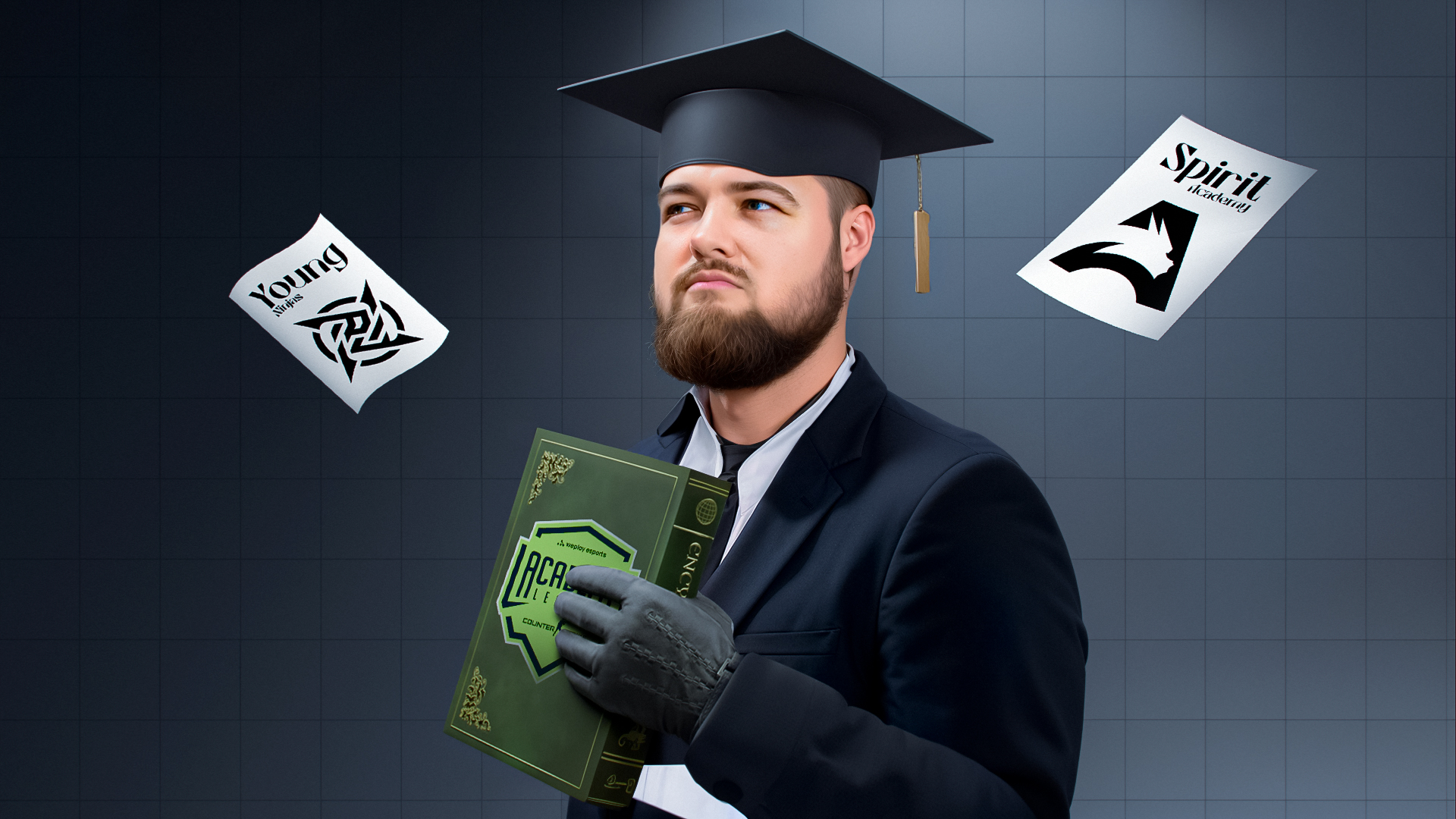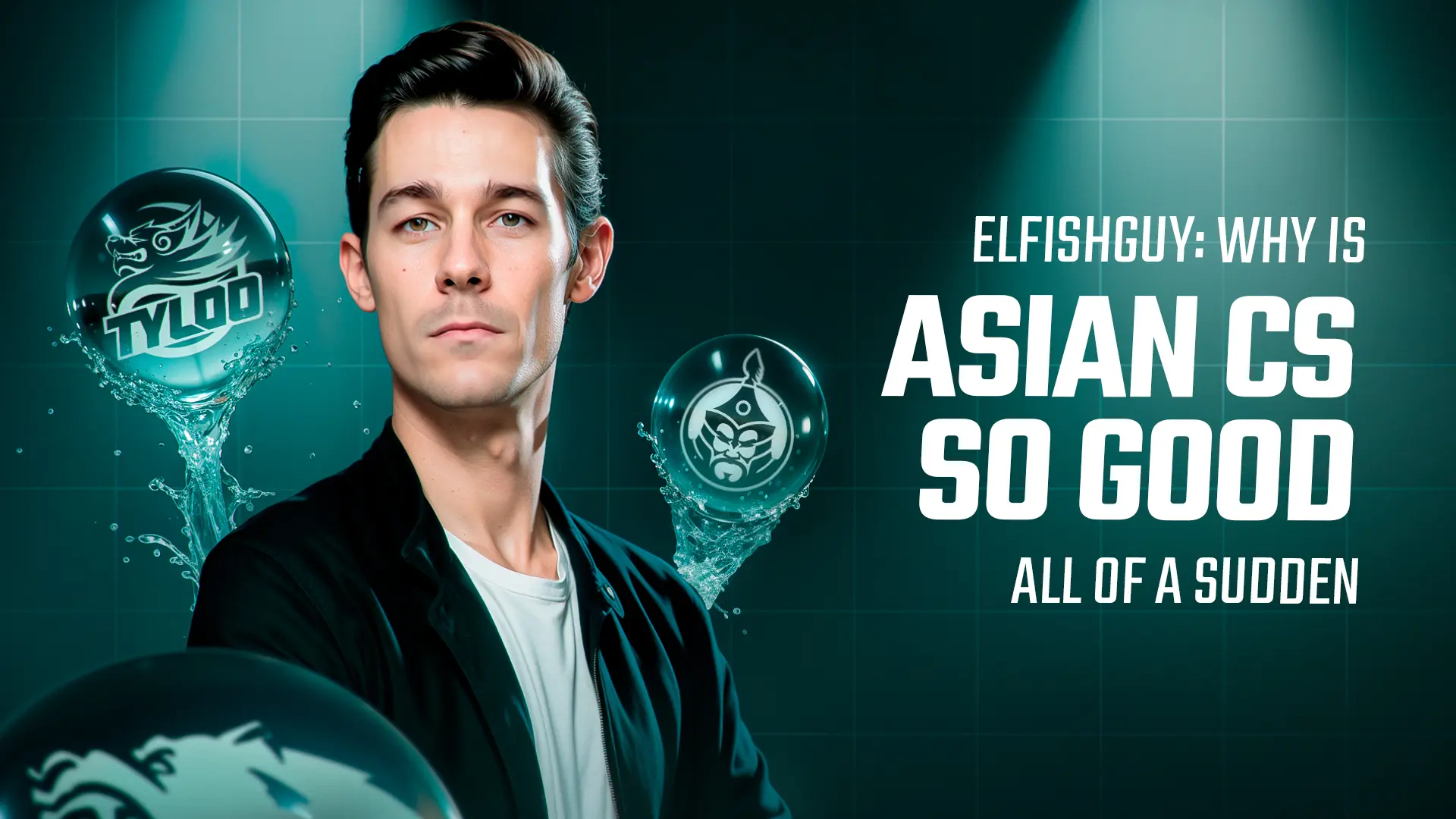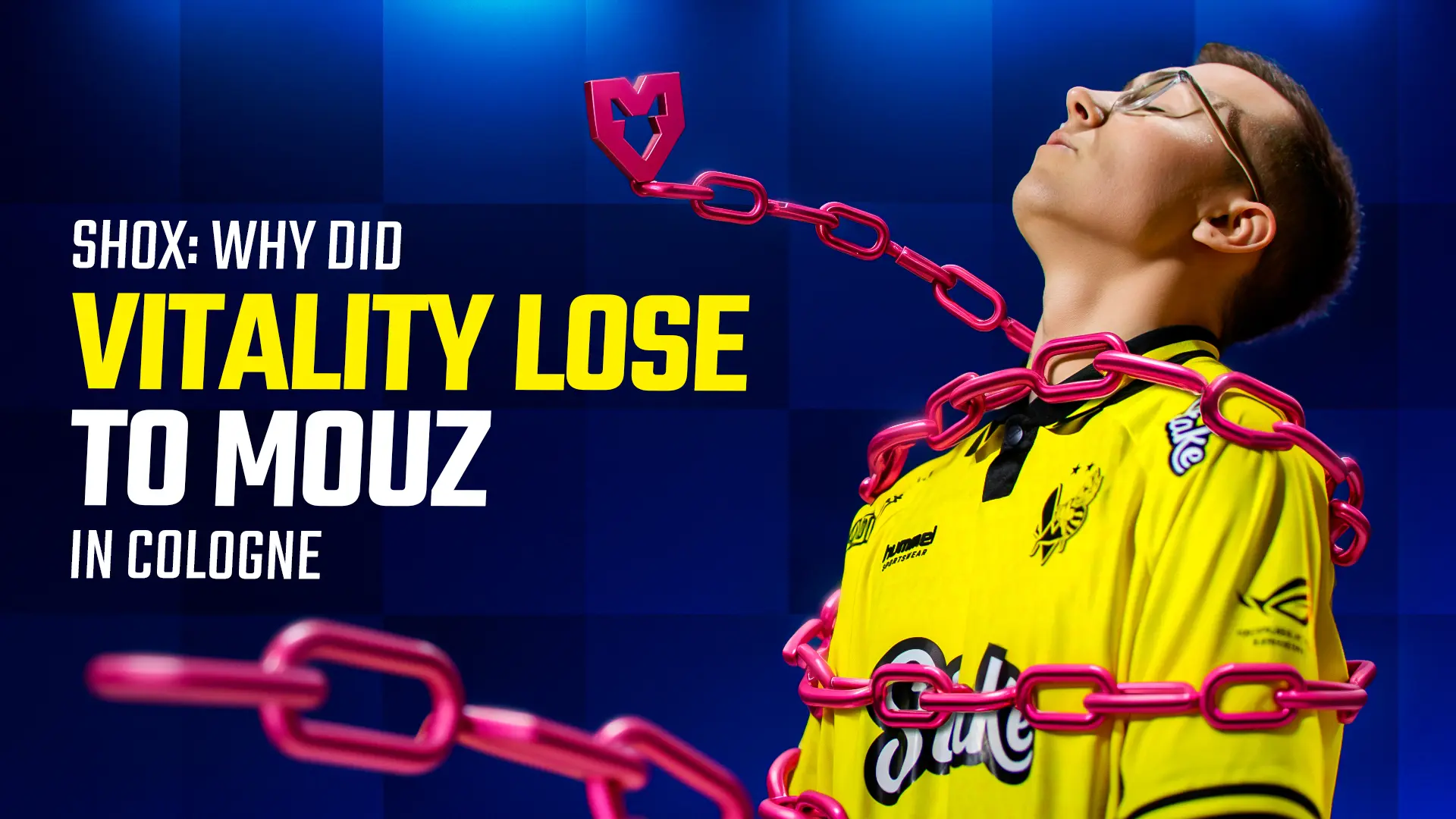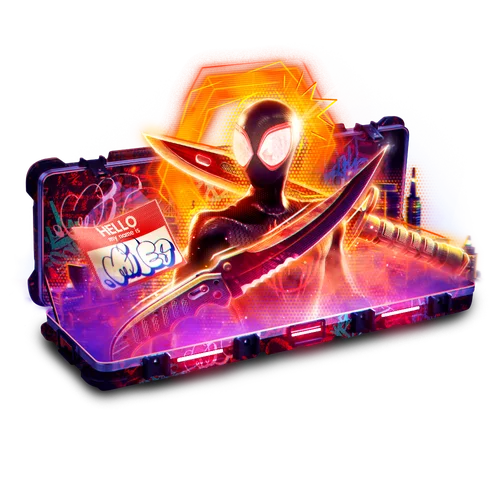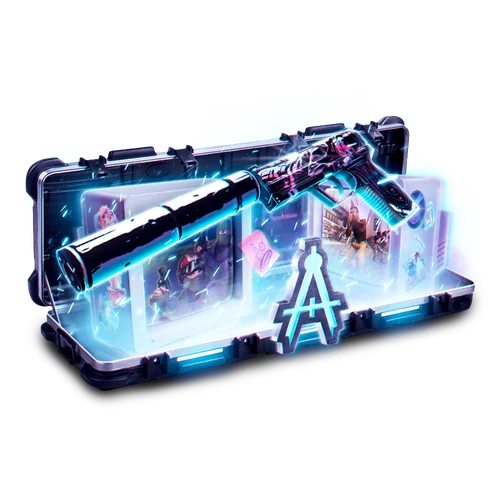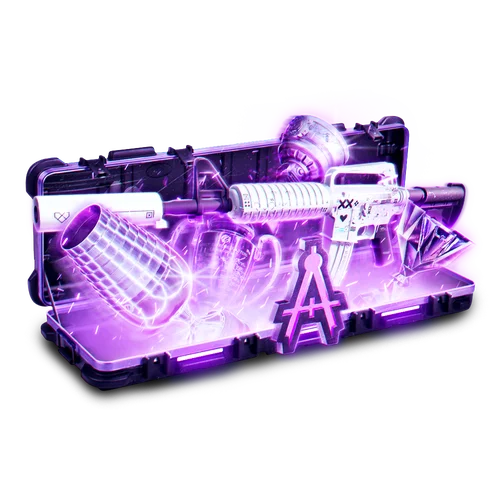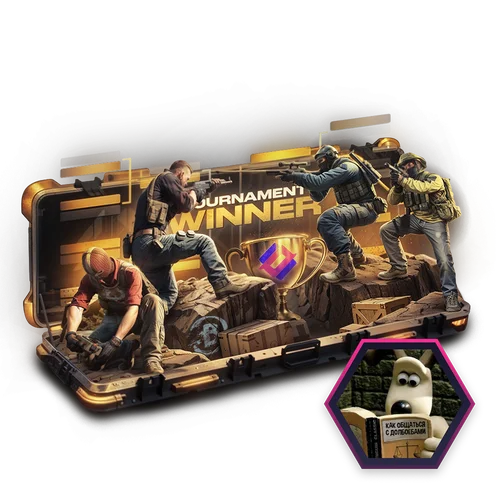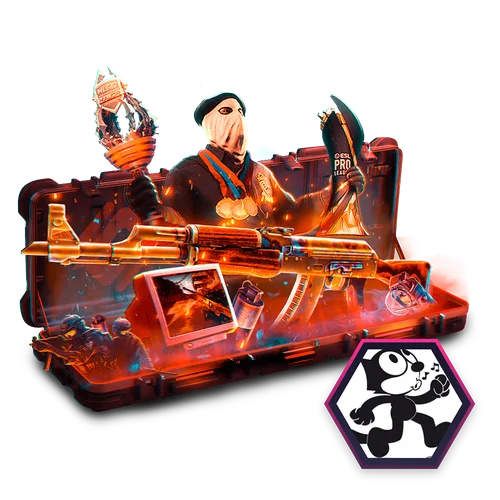At the dawn of Counter-Strike. Actually scratch that. At the dawn of CS:GO a lot of teams decided that they wanted to pursue a particular business model that has been proven through the medium of football. There are roughly four main ways a football team makes money. They are as follows:
- Ticket sales.
- Broadcast revenue.
- Commercial revenue (sponsorships, merchandise etc.)
- Player sales.
For the purposes of this article we are going to focus on the last one. Not that the rest aren’t interesting. In fact we will probably return to these in a future article once I’ve done more research on the topics. Because I’m making this all up as I go along, there probably is an even more interesting article in the future discussing the overall viability of copying the football model into esports. For the minute though, we are interested in the business of player transfers.
From CS:GO’s Early Days to the Rise of Native Talent
Back at the dawn of CS:GO some of you might remember that we really had no native CS:GO players in the first many years. Every player was introduced in tournaments with reference to whether or not they were 1.6 or Source players. A lot of this was just tribalism, but we also didn’t really think much about when we would begin to see the first really native CS:GO talents coming up. As a result much less time was really invested into building new players and there certainly wasn’t as big of a financial incentive to put resources into it either.
It probably isn’t reasonable to try and pinpoint exactly when the pro scene realized it was worth worrying about transfer fees, but I remember the first time I heard the rumor that Coldzera had been sold to Faze for over 1 million USD. This was in 2019 and it would take another a few years before WePlay got around to announcing Season 1 of their academy league.
The Birth of the WePlay Academy League
The WePlay Academy league got so many things right it’s actually kind of ridiculous. For one it helps to solve one of the essential problems of talent building, namely actual LAN experience. As we all know, being good online doesn’t always transfer to the stress of playing on LAN. This is important to recognize because getting a new player into a team is a big investment and if you go through that process only to discover that your player crumbles on the big stages, it’s both a costly mistake and also very hard on the rest of the team.
It also gives a unique opportunity to actually get to know someone in real life, which believe it or not can be important. If your star player never showers and only eats Nutella, you might never find that out through online tournaments. But on LAN you get to experience all the personality quirks and oddities that make up a person. A lot of quirks can be worked with and compromises can be found, but some can’t and finding out early is better.
An obvious problem that could have happened with the format of the league was that organizations simply signed five players for the duration of the league and immediately disbanded them after getting knocked out or once the tournament was over. WePlay however did a lot of work to make sure that the system actually functioned in a more sustainable way, getting the organization to buy into keeping their teams going. In other words the circuit actually made for a real structure to bring up young players into a higher level of Counter-Strike and give them a more predictable path tier two or one competitions.

Opportunities for Both Players and Broadcast Talent
On the broadcast talent side WePlay also ended up giving a lot of people opportunities to cast and hone their craft in front of a camera. I had the pleasure myself of doing some of the early tournaments and would do it again in heartbeat if the league returned. But later on Scrawny and Launders, Hugo and Harry along with Ne0Kai and many others also found a space to do work at a point in time where getting as much experience as possible was crucial. This is actually a really important part of the ecosystem that is now tragically lost. The truth is that working as “on air talent” in Counter-Strike really comes in two forms. You’re either working tier one events and getting paid reasonably well. Or you are not and you’re probably barely surviving. The total lack of middle ground in the space is a massive threat to the overall health of the space, because it means there is almost no ladder at all with which to climb into tier one events.
Why the League Ended and What It Achieved
WePlay ran for six seasons starting late August 2021 and ending late October 2022. Unfortunately the circumstances of why the project came to an end are geopolitical in nature. WePlay ran their studio in Ukraine which had a few incredible advantages. For one, travelling to Ukraine before the war was easy for players and talent both. Paying production staff in Ukraine is a lot cheaper than say Blast having to pay people in Denmark. What was really incredible is that the level of the production that WePlay managed to put on was shockingly high given their experience in the field. Unfortunately because of the war, WePlay ended up moving their operations to LA. Now running the WePlay Academy League out of LA is presumably economic suicide.
The flights, the hotels and the salary costs of living in LA instead of Kyiv simply makes it very difficult to justify the continuation of the league. While the league ran, just look at what we actually got. Season 1 had mouz NXT vs Young Ninjas, playing in the grand finals featuring names such torzsi, siuhy, JDC, xertioN, and syncrone coaching. On the NiP we saw ztr and phzy who have since also moved on to bigger things. In season 2 we ended up with Mouz NXT vs Na’Vi Jr. in the finals featuring names like Fear, m0nesy and headtr1ck.
Season 3 finally had BIG Academy making their way to the grand finals with players like Krimbo, s1n and hyped. We also saw the Eternal Fire academy field Wicadia. In season 4 the Spirit Academy had picked up donk and ArtFr0st. I could keep this little exercise going for a long time but you guys get the message. We had six seasons. A little over 14 months of play and in that timeframe we laid the groundwork for a whole new generation of players and talent.

The value of having an academy team has been proven beyond a shadow of a doubt. The value of finding the next donk or m0nesy is self-evident and is perhaps the most successful way for teams to actually make money in the space. But without an academy league other problems begin to arise. We saw this really for the first time this year when the Na’Vi Jr. team actually made the top 30 in the world, while the main Na’Vi team was still in the top 10. While really impressive, this also made for a big problem because Valve rules prevent an organization from fielding two teams in the same tournament because of obvious conflict of interest problems with that kind of setup.
So in essence the main Na’Vi team was effectively keeping the academy team from attending tournaments they might have been able to reach. Even if in practise this didn’t happen, it still highlights a great reason why having an actual separate academy league is important and worth fighting for.
Why Counter-Strike Needs an Academy League Now More Than Ever
The loss of the academy league is a tragedy. Counter-Strike has a big problem right now. We are effectively trying to do reaganomics or what is sometimes referred to as the trickle down theory of economics. We throw a lot of money into the tier one space for tournament organizers to try and win against each other and for teams to try and buy the most expensive players. But the scaffolding underneath is not as strong as it could be. We need a ramp from the bedroom to the big stage. We need an economic space that isn’t just about the top 10 or so teams in the world. We need an academy league.





























